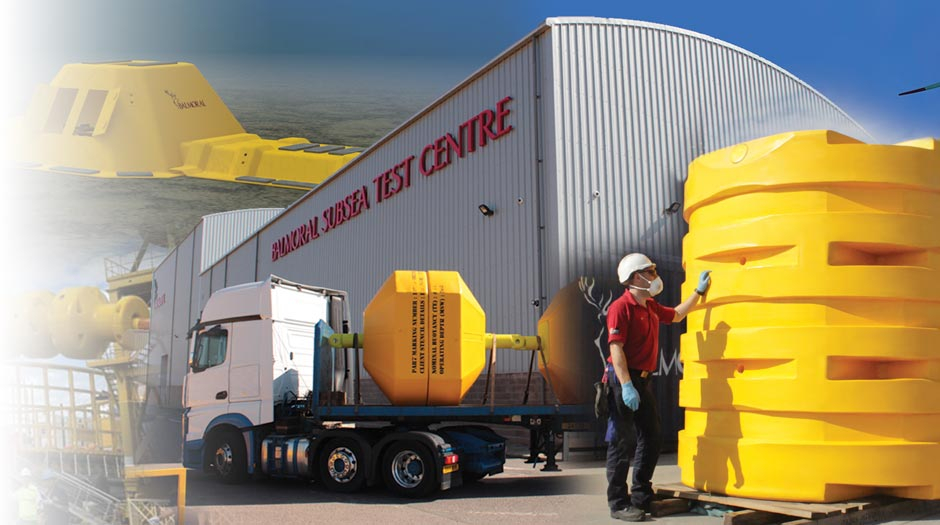Faced with these barriers, and recognising the risk they pose not just to our own innovations but to the wider industry, we made the decision to invest in the infrastructure ourselves - committing more than £1 million to the development of a new wave and current simulation tank in Aberdeen.
What sets this facility apart is its practical, industry-led design. Unlike larger, heavily booked commercial tanks, it offers shorter, more flexible booking windows, allowing developers to run focused test campaigns without long lead times. Its modular layout enables quick setup, reconfiguration and reduces manual handling of equipment - speeding up testing cycles and reducing operational downtime.
A fully removable sand bed and sediment tray allow developers to conduct detailed seabed interaction studies, helping to simulate how offshore technologies perform in dynamic marine environments. The tank can also replicate site-specific wave and current conditions, including the North Sea’s JONSWAP wave spectrum, exposing equipment to realistic scenarios and reducing technical risk.
The tank’s flexibility also makes it suitable for a wide range of marine energy applications, including fixed and floating wind, tidal, wave, and even conventional offshore energy systems. And while niche applications like floating solar are still emerging, in principle, if it goes underwater, it can be tested here.














